A small group of officers and analysts challenged the dominant doctrine of heavy aircraft and proved that the future of…
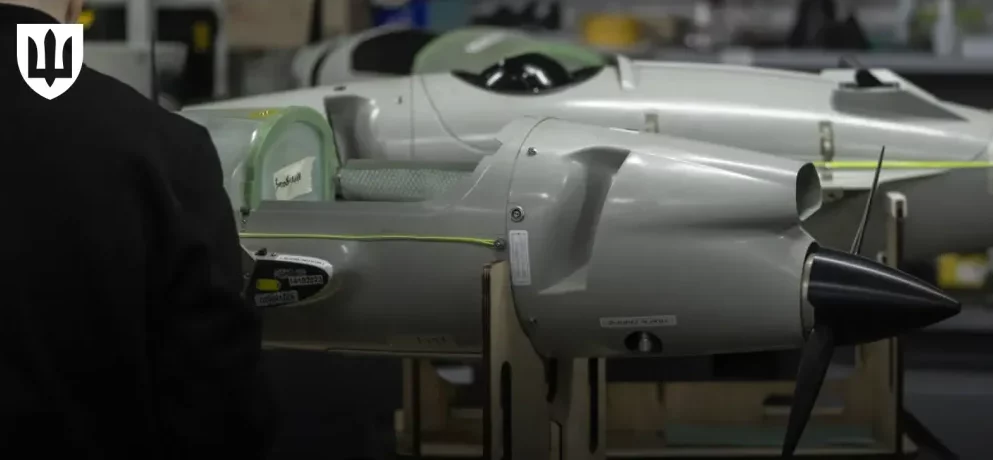
The Ministry of Defense of Ukraine continues to synchronize the state quality assurance system with the requirements of international ISO standards and NATO AQAP standards.
This was reported by the Ministry of Defense of Ukraine.
In particular, the Main Directorate of State Quality Assurance of the Ministry of Defense has initiated the development of two professional standards — “Auditor of Quality Management Systems of Defense Industry Enterprises” and “Specialist in State Quality Assurance”.
These documents will establish unified qualification requirements for the professional competence of employees responsible for quality assurance in the field of defense procurement. This is part of the Ministry’s efforts to implement a state quality assurance system that complies with international defense procurement requirements.
The introduction of professional standards will ensure the implementation of personnel conformity assessment mechanisms for quality assurance. These assessments will be carried out by a specialized unit for advanced training and evaluation under the Main Directorate of State Quality Assurance.
The main areas of activity defined by the professional standard “Auditor of Quality Management Systems of Defense Industry Enterprises” will include:
According to the professional standard “Specialist in State Quality Assurance”, responsibilities will include:
Upon completion, the draft professional standards will be submitted for public discussion.
@armyinformcomua
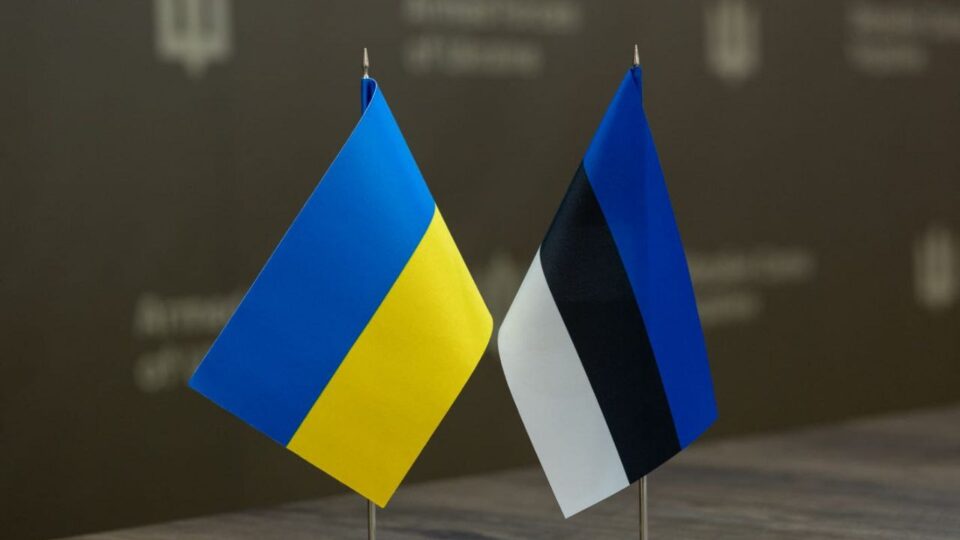
A Ukrainian delegation held a working meeting with the Deputy Commander of the Estonian Defence Forces, Brigadier General Viktor Kalnitski.
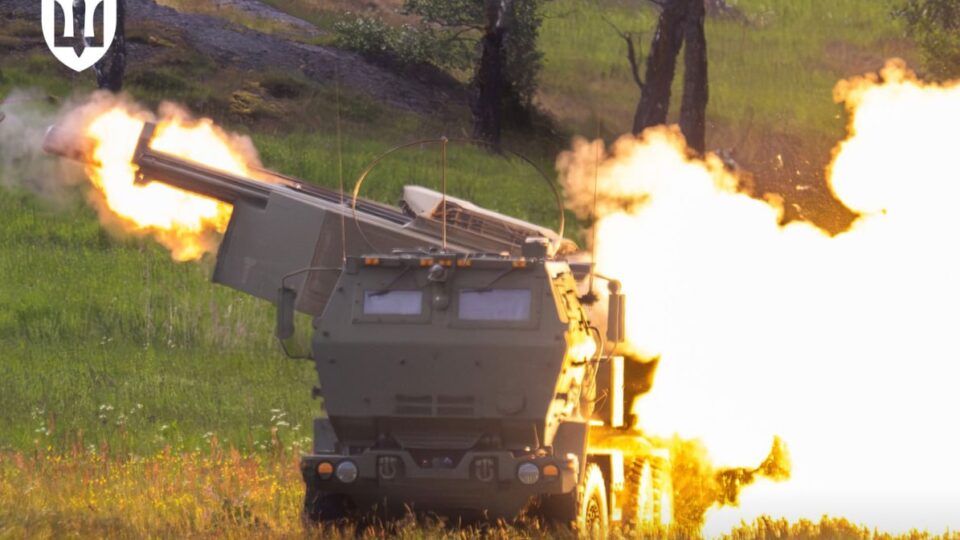
Ukraine’s partners have announced new contributions to the PURL initiative, which funds the procurement of U.S. weapons according to the priority needs of the Ukrainian army.
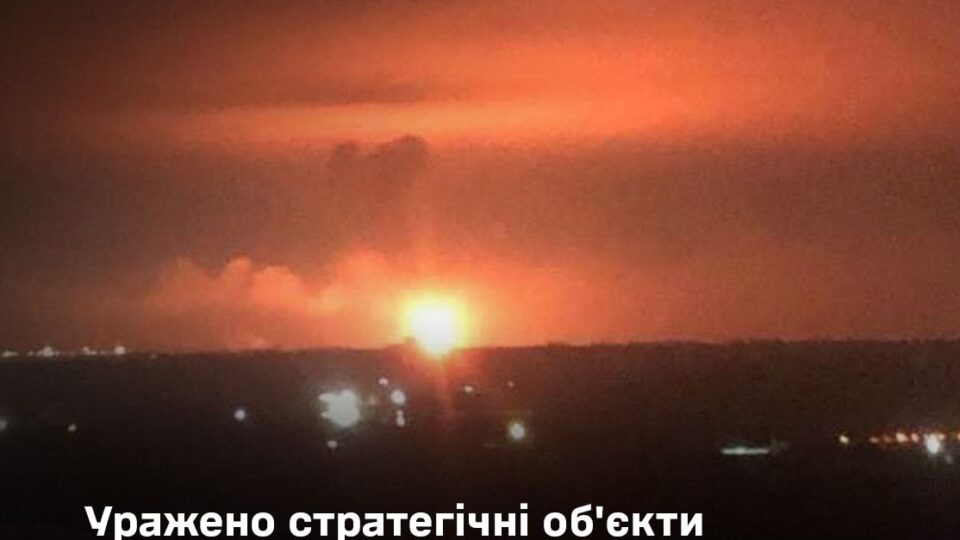
During the night of December 5, the Defence Forces of Ukraine carried out a series of precise strikes on strategic rear-support facilities of Russia.
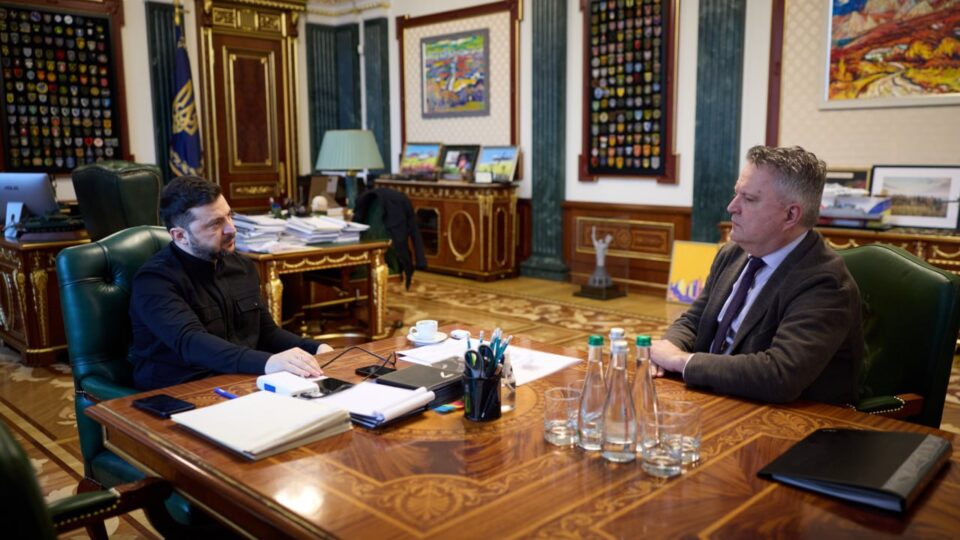
President of Ukraine Volodymyr Zelensky held a meeting with First Deputy Minister of Foreign Affairs Serhiy Kyslytsia, during which they discussed key directions of Ukraine’s diplomacy, including further communication with the United States.
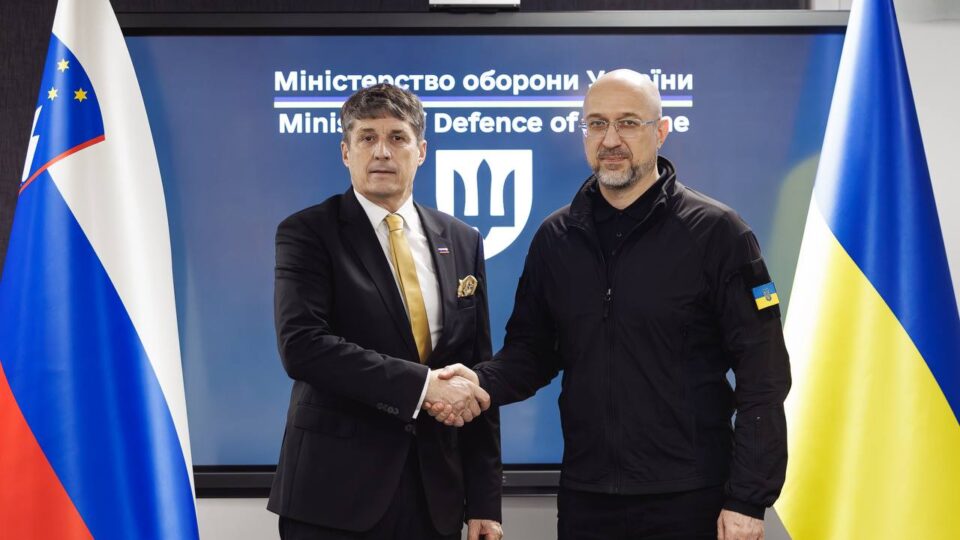
Ukraine’s Minister of Defence Denys Shmyhal held a meeting in Kyiv with Slovenia’s Minister of Defence Borut Sajovic.
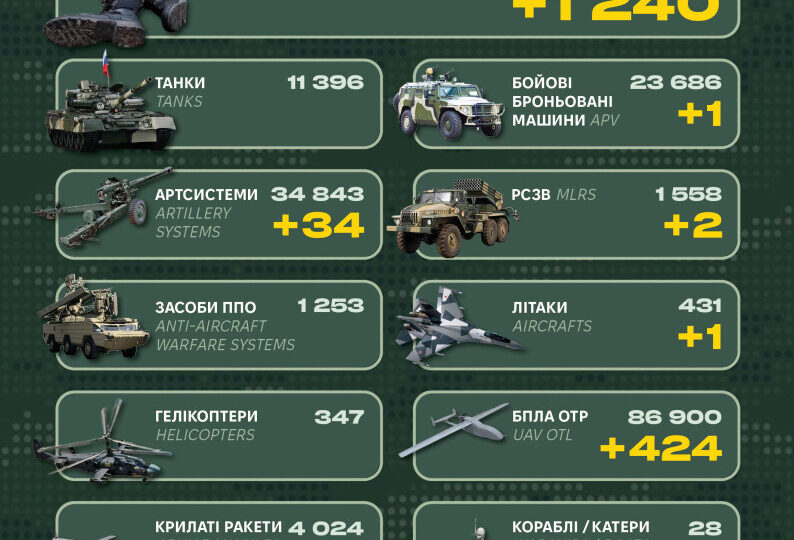
Over the past day, Russian invaders lost 1,240 military personnel killed and wounded, as well as 558 units of equipment.
A small group of officers and analysts challenged the dominant doctrine of heavy aircraft and proved that the future of…